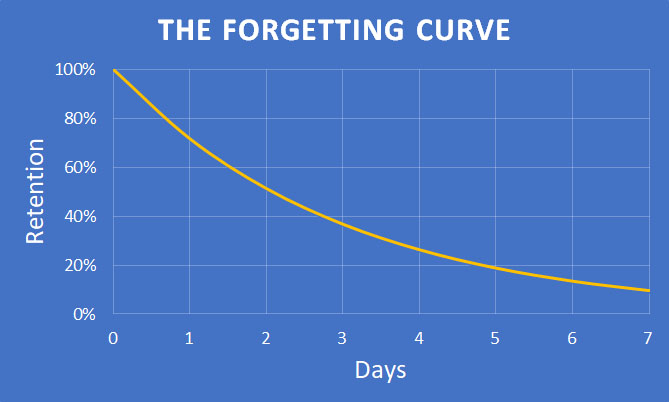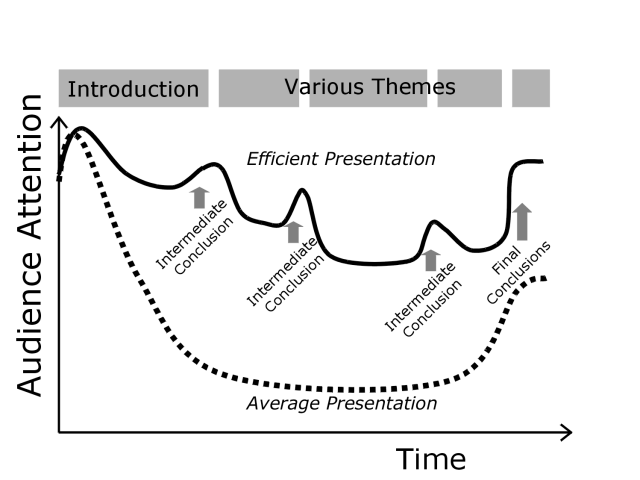
How To Create Memorable Presentations
In this article, you will learn how to create a memorable presentation, one capable of conveying a key message and making it stick. You will also learn how to keep the attention of an audience over time. Continue reading for more.
In what is now globally known as the digital revolution, the shift toward an online corporate environment has been one of the most significant worldwide changes since March 2020.
As the pandemic took hold, organizations worldwide scrambled to move to a remote working model (inevitably making mistakes on the way) over an incredibly short period of time. What was estimated to take years, took weeks. Shorter in some cases.
Internal and external communications were moved into online environments, with employees forced to train in on new technology.
While the need to upgrade technological knowledge is obvious, one lesser-known skill requirement that has emerged as a result of this online shift is the ability to deliver an effective online presentation.
For example, rather than present a pre-prepared PowerPoint deck in a crowded boardroom, presenters must now figure out how to deliver information in a meaningful and effective way online using new technology.
This move to online has increased the threat of disconnect between the audience, presenter, and presentation. To counteract this threat, the importance of creating a memorable presentation is stronger now than ever before.
In this article, you will learn how to apply scientifically-backed concepts to the creation of your presentation to make it as memorable as possible.

Lead with your key message to make it memorable
Hermann Ebbinghaus, a German psychologist who pioneered the experimental study of memory, created the forgetting curve, which you can see below.

Source: Virtual Speech
This curve explains how our memory works over time. As you can see, memory for information taken in at the start of a period of time will perform well, but this performance dwindles as minutes, hours, and days go on.
In other words, the information you present at the start of your presentation is most likely to be remembered.
An example of this would be when a doctor prescribes medication to a patient.
When administering this medication, the doctor will always lead with the most important instructions, such as how it should be taken and when. Giving this information first reduces the chances of the patient forgetting these important details.
Applying this to your presentation, your audience will most likely remember the information you give at the start, adding importance to this section.
Add in supporting sub-sections to maintain audience attention
The attention curve focuses on a similar concept and explains how over a period of time, your audience’s attention will vary dependent on your presentation structure.

Source: Scientific Leadership
By examining various supporting underlying themes to your key message, your audience is exposed to a new series of beginnings and endings.
These fresh beginnings and endings engage the audience, peaking their interest repeatedly.
To build on the doctor and patient example, the doctor would communicate the key message to the patient at the start of the consultation (take your medication like this and at this time). Then, they would talk about why taking the medication at that time and in that way is important. Finally, they would end the conversation by reiterating how and when the patient should take their medication, as this is the key message.
Below is another way of conveying this structure:
**********
Presentation Intro:
The key message of your presentation is explained
The underlying sub-sections are briefly introduced
Sub-sections:
The audience is brought through a series of sub-sections which reinforce the key message of the overall presentation
The key message for each sub-section is introduced at the beginning and end
Presentation conclusion:
Yet again, the key message is reiterated to the audience.
**********
Conclusion
In conclusion, as workforces continue to settle into their online environments, employees must reskill and upskill in certain areas to stay abreast of changes in how the world communicates. One key skill which needs to be developed is virtual presenting.
As online presentation environments are drastically different to what many presenters are used to, there is an increased threat of disconnect between the presenter, the audience, and the presentation (and its underlying key message).
To counteract this threat, presenters must learn how to create a memorable presentation using proven methods, such as introducing the key message at the most memorable times, along with using sub-sections to both reinforce this message and keep the attention of the audience over a prolonged period.


